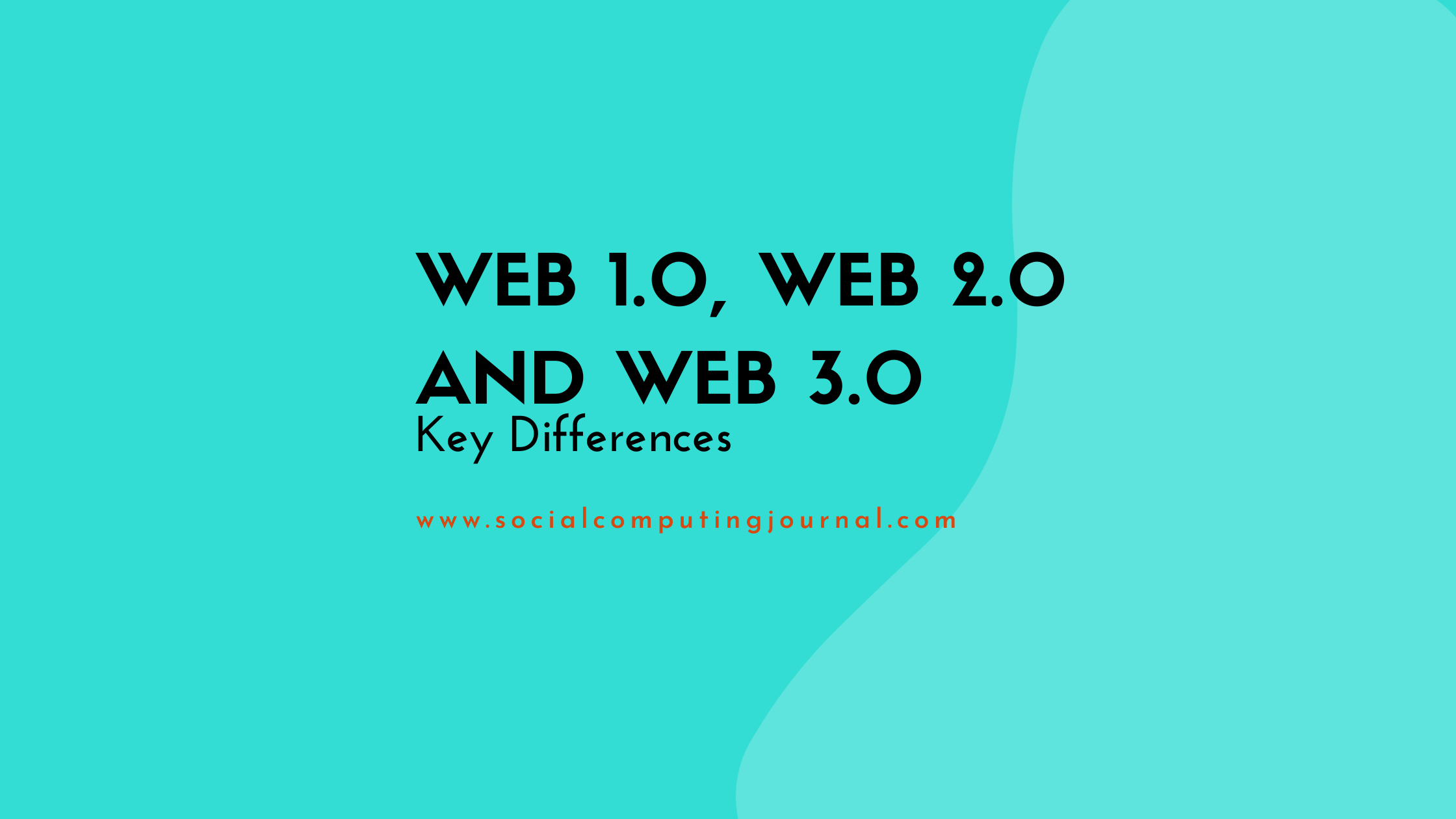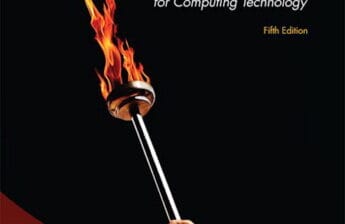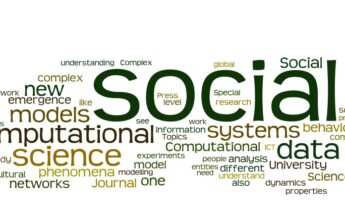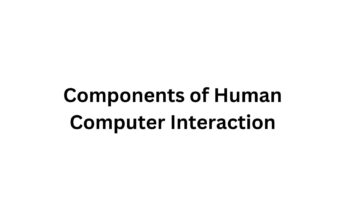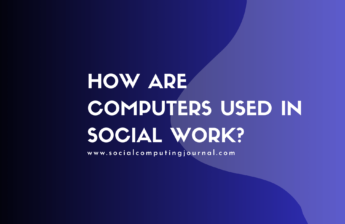Are you confused with web 1.0, web 2.0 and web 3.0? We have come up with this post to clear key differences among these.
Since its launch, the World Wide Web has had a dramatic metamorphosis, going through significant phases that have radically changed how we engage with the digital world. This essay traces this path, examining Web 1.0, Web 2.0, and the soon-to-be Web 3.0, exploring their relevance and effects on our digital lives.
Contents
Web 1.0: The Static Web
The early days of the internet, known as Web 1.0, were characterised by a large number of static, read-only web pages and little to no user interaction. This stage’s salient characteristics were:
Static Content: The majority of Web 1.0 websites were made up of static content, which provided just basic information without the ability to add dynamic elements or user-generated material.
Examples:
Consider the first Yahoo! directory, which served as a computerised directory of information and websites.
- Wikipedia
- Britannica Online Encyclopedia
- Geocities
Web 2.0: The Interactive Web
Web 2.0 was a revolutionary era that made the internet a dynamic, interactive medium. In this time frame:
User Interaction: It gave users the ability to take an active role, creating material and corresponding with one another in real time.
Examples:
Consider social media sites like Facebook, which promoted conversation and user-generated content.
- YouTube
Web 3.0: The Semantic Web
The most recent evolution, Web 3.0, is distinguished by its emphasis on artificial intelligence and semantics. It seeks to enhance intelligence, context awareness, and personalization on the web. Vital elements consist of:
Semantic Intelligence: Web 3.0 makes better use of AI and semantic technologies to comprehend user searches and provide more intelligent answers.
Examples:
Consider virtual assistants that can understand natural language queries and respond with context, such as Siri or Google Assistant.
- Metaverse
- Decentralized applications (DApps)
- Non-fungible tokens (NFTs)
Key Differences
When comparing and contrasting these phases, Web 2.0 brought dynamic, interactive material, whereas Web 1.0 was static and read-only. Web 3.0 distinguishes itself by offering a more personalised and intelligent web experience, powered by artificial intelligence and semantic understanding.
| Feature | Web 1.0 | Web 2.0 | Web 3.0 |
|---|---|---|---|
| Read-write-execute | Read | Read-write | Read-write-execute |
| Decentralization | Centralized | Semi-centralized | Decentralized |
| User participation | Low | Medium | High |
| Semantic web | No | Yes | Yes |
| Artificial intelligence | Limited | Medium | High |
Impact and Implications
Every phase has left its mark on companies, consumers, and the web’s general development. Web 3.0 is poised to transform sectors, while Web 1.0 offered a basic online presence and Web 2.0 enabled social engagement and user-generated content. For example:
Healthcare: By using AI-driven analytics to analyse medical data, Web 3.0 can enhance diagnosis and treatment recommendations.
E-commerce: The experience of purchasing online is being improved by search engines and personalised recommendations.
Education: Intelligent e-learning systems provide individualised instruction.
Challenges and Concerns
Web 3.0’s rise brings with it a new set of issues and worries, mostly around security and privacy of data. Vigilant data protection measures are necessary in light of the growing usage of AI and personalization to avoid misuse.
Conclusion
To sum up, the development of the World Wide Web from version 1.0 to version 3.0 has been a significant journey. Every phase has influenced how we interact, work, and live in our digital worlds. With its focus on semantic intelligence, Web 3.0 promises to advance our understanding and make the web not only more interactive but also more intelligent, personalised, and essential to our everyday lives. The web’s constant evolution guarantees that it will always be a dynamic and essential aspect of our lives. Its ever-changing character is demonstrated by this.

